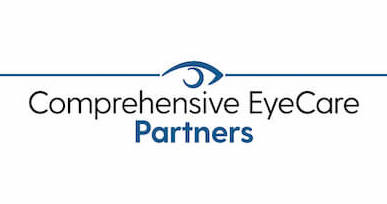
If you want to permanently correct your vision, LASIK is a great choice! LASIK can correct the most common refractive errors: nearsightedness, farsightedness, and astigmatism.
LASIK is an eye surgery in which lasers are used to access and reshape the cornea. Once the cornea has been reshaped, most LASIK patients are able to live their lives with less dependence on visual aids.
Keep reading to learn more about LASIK, including whether or not you will be awake for the procedure!
Is General Anesthesia Used During LASIK?
Because it is a procedure, one of the biggest questions that many people have about LASIK is whether it requires general anesthesia. This question is often asked by people who fall into two categories: people who are nervous about being awake for the procedure and people who do not like to be put under general anesthesia.
Despite being called a surgery, LASIK eye surgery does not require general anesthesia. During the procedure, patients are fully awake.
What Happens During a LASIK Procedure?
The LASIK procedure is a safe and common procedure that is performed hundreds of thousands of times each year. After the procedure, many LASIK patients are surprised by how quick and easy the procedure was.
During LASIK surgery, your eyes will be numbed with special drops. A small device is placed on each eye to keep your eyes open and prevent blinking.
Once the eyes have been prepped, your LASIK surgeon uses a precise laser to create a small flap on the surface of the cornea. This flap is gently pulled back to expose the inner layers of the cornea.
Next, your LAISK surgeon will use the laser to reshape the inner layers of your cornea. Reshaping the cornea is what corrects your refractive error.
After the cornea is reshaped, your LASIK surgeon will reposition the flap for healing. The flap will naturally reattach to the cornea, requiring no stitches.
Why is General Anesthesia Not Used for LASIK?
There are several reasons why general anesthesia is not required or recommended for LASIK surgeries. They include:
LASIK is a Relatively Quick Surgery
On average, the LASIK procedure takes just a few minutes per eye. Often, patients are in and out of the treatment room within ten to twenty minutes.
LASIK Causes Minimal Discomfort
While general anesthesia is most often used for longer, potentially painful surgeries, LASIK is a procedure that causes minimal discomfort. The only sedation needed to perform LASIK are special eye numbing drops administered before the surgery.
LASIK Requires Patient Cooperation
While the LASIK surgeon does all the work, it is beneficial when the LASIK patient is awake and alert. This allows your LASIK surgeon to talk you through the procedure as it is happening and make requests of you that can aid in the accuracy of the procedure.
General Anesthesia Can Create Unnecessary Risks
Because LASIK is a short procedure that causes only minimal discomfort and is best performed with patient cooperation, using general anesthesia for LASIK would create unnecessary risks for patients. Additionally, patients are more likely to have an adverse reaction to general anesthesia than to the numbing drops used during LASIK.
While you might expect that LASIK surgery would require general anesthesia, it is a procedure that does not require heavy sedation. With just some effective numbing drops, this quick, nearly painless procedure can effectively restore your clear vision!
Do you have questions about restoring your vision with LASIK? Schedule an appointment at Shepherd Eye Center at one of our 5 locations in Las Vegas or Henderson, NV, today!


